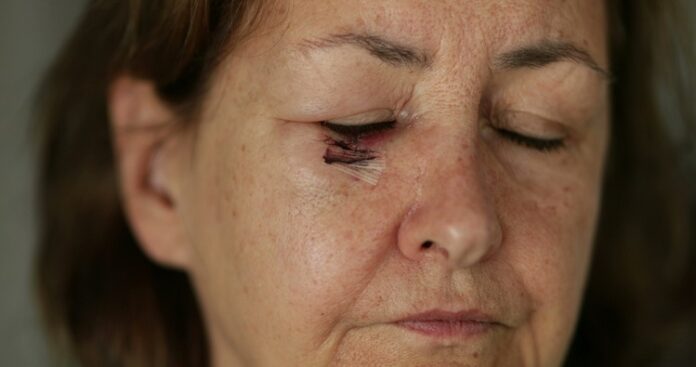Mohs surgery is a specialized surgical technique that treats skin cancer. Thin layers of malignant tissue are carefully removed, and they are then examined under a microscope to ensure that all cancer cells have been eradicated. This treatment is favoured for skin malignancies in delicate places like your face because it enables your doctor to maintain good tissue and lessen scarring. Mohs surgery has high cure rates, and your trusted Mohs skin cancer surgeon Stockton may recommend the procedure for skin cancers with an elevated risk of recurrence.
Table of Contents
How to prepare for Mohs surgery
During your initial consultation, you should inform your doctor of any medications or supplements you are taking, as some of these can interfere with the surgery or recovery. Your provider may also conduct a thorough physical exam and review your medical history to ensure your eligibility for the surgery. It is also important to arrange for someone to take you home after the treatment, as you may feel groggy from the anesthesia. You should wear comfortable clothing and avoid wearing makeup or jewelry to the surgery. Preparing for this procedure can increase the chances of a successful outcome and minimize the risks.
What to expect during the surgery
Your surgeon first numbs the area with a local anesthetic during the procedure. Then, they use a scalpel to remove the visible cancerous tissue and a thin layer of surrounding tissue. The team then divides the removed tissue into sections and labels them with a map of the excised area. They then prepare the tissue for microscopic examination by freezing and staining it. A technician cuts the tissue into thin slices and places them on slides for examination under a microscope.
Your surgeon then carefully examines each slide under the microscope, looking for evidence of cancerous cells. If they detect cancerous cells in any of the sections, your surgeon will remove another layer of tissue only from where they found the cancerous cells. The team may repeat this until no cancerous cells are found under the microscope. They then close the wound. The process can take several hours and is often performed on an outpatient basis.
What to expect after the procedure
Recovery after Mohs surgery usually involves wound care and follow-up appointments with your doctor to monitor healing and detect potential complications. You may experience excruciating pain, swelling, and bruising in the area, which you can manage with over-the-counter pain relievers and ice packs. Your doctor may prescribe antibiotics or pain medication if necessary. In the following days and weeks, you must clean the wound and avoid strenuous activities that could disrupt the healing process. You must attend all follow-up appointments with your doctor to monitor the healing process and detect any signs of recurrence or complications.
The Effectiveness of Mohs Surgery
Mohs surgery is highly effective at treating skin cancer, with 95-99% cure rates. However, there is still a risk that cancer could come back after Mohs surgery because there may be cancer cells that are too small to be noticed and can grow and spread. The chances of recurrence vary depending on skin cancer type and severity, age, and overall health. Your doctor will discuss the risk of recurrence with you and develop a follow-up plan to monitor for any signs of cancer recurrence.
Call LUX Dermatology or book your spot online for more details about Mohs surgery.







